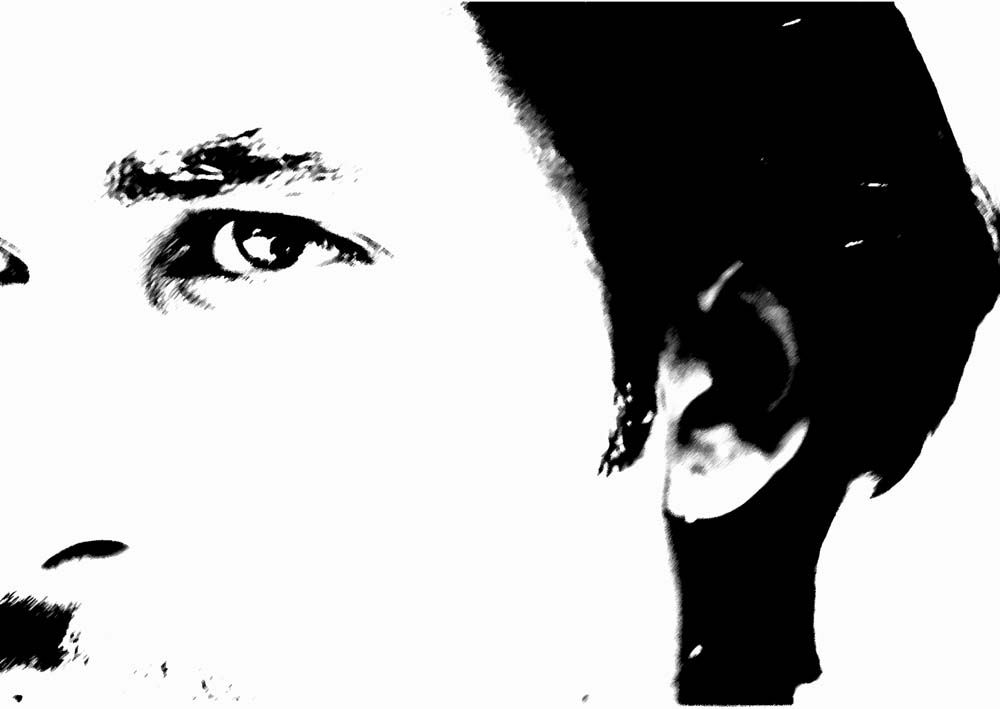






In December William J. Mitchell presented The Zaragoza ‘Digital Mile’ (detailed info) to the students at the Bartlett.The Zaragoza ‘Digital Mile’ will incorporate digital media into everyday aspects of the public realm to make places that respond to their users; accommodate multiple activities; and provide stories, information and services to the people of the city. It will question how can technology enhance public use and enjoyment? Can it make space more productive, or meaningful? What types of urban forms best accommodate digital media? Can it create a public realm that is more flexible and adaptable to different users, activities, or moods? How do you develop content for the media and who should manage it?
All of the spaces, parks and buildings on the Digital Mile include free, public wireless connectivity as well as open access to the digital systems and responsive media elements located along the Mile. Digital systems are programmable according to users’ wishes and thus facilitate experiences on the Digital Mile.
These are concentrated along the pedestrian path called the Paseo del Agua. The WATER WALL is an interactive fountain where people can digitally control the streams of water. With a command – by jumping into the water or sending a message through an electronic device – the water can start and stop or change in pressure. This is a monumental urban element like a canal running through the city, but twisted into a vertical plane so that people can experience it from a distance as a landmark or interact with it directly. The intelligent streetlight system creates a distinctive atmosphere along the Mile by changing color or intensity in response to the time of day, demands for use, or artistic desires. In tandem, digital street furniture - - like café tables, bus stops, and signage — display information about such practical matters as menus, bus arrivals, or the location of available parking spaces. These digital systems are intended to make moving through the Digital Mile a seamless, entertaining, and instinctive experience. Two event places, Portillo and Almozara, anchor the Digital Mile and feature responsive digital elements to support different activities and enhance users’ perceptions of the urban environment.
Affixed to the facades of buildings, URBAN PIXELS delineate the edges of the Zaragoza Digital Mile from the rest of the city. When viewed from the air or from the ground by pedestrians, drivers, and train passengers, this ‘light’ footprint intervention works synchronously or asynchronously to emphasize different moods or zones along the Digital Mile. Each pixel unit includes a solar charging unit and can be programmed wirelessly.
The MEMORY WALK walk makes visible the way people travel through the city by recording pedestrians’ steps across a space. Every time a footstep falls on a digital paver, the paver emits an additional increment of light. As people cross the pavement, paths of light are illuminated where people tread the most; untread areas emit no light. Thus, people become aware of the traces their movements leave upon the surfaces of the Digital Mile.
DIGITAL AWNINGS are screens that can rotate in four directions: up, down, left, and right. The movement of the awnings is controlled by either pre-programming, a command by mobile phone, in response to people’s physical movements, or in the service of a collective special event. This system enhances the experience of the Digital Mile by displaying abstract, impressionistic, provocative, personalized, or integrative content, including information and images related to Zaragoza’s history or people’s real-time activities in other areas of the Digital Mile.












